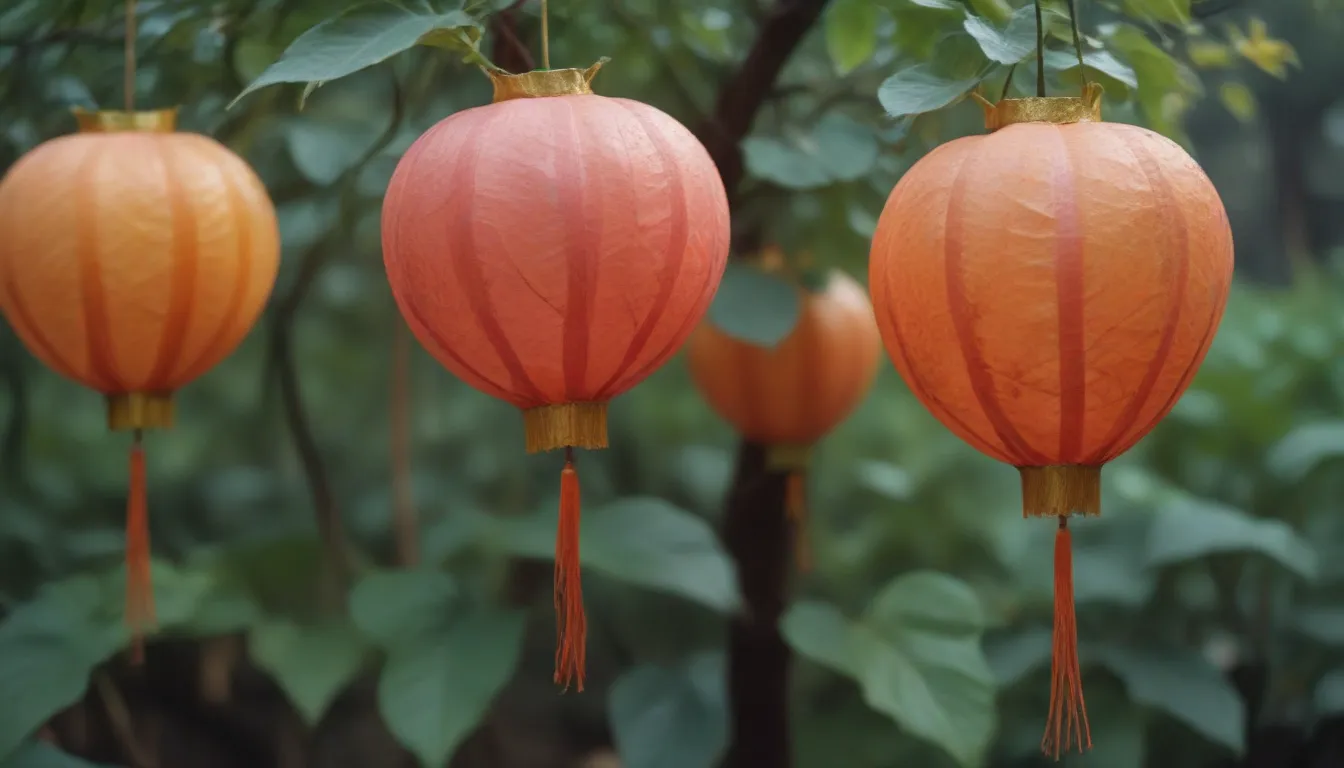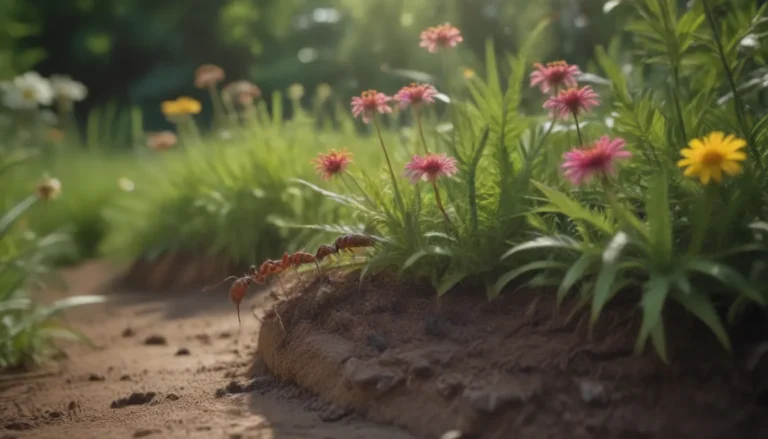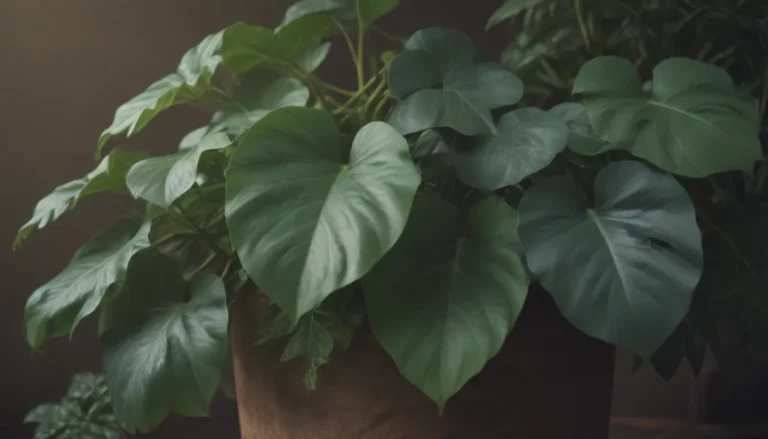How to Successfully Grow and Care for Chinese Lantern Plants

Chinese lanterns are a beautiful and unique addition to any garden, with their signature lantern-shaped seed pods that mature to a bright pumpkin-orange color in the fall. These hardy perennials can be grown in the ground or containers, but they do require specific care to thrive. In this comprehensive guide, we will explore everything you need to know to successfully grow and care for Chinese lantern plants.
Getting Started with Chinese Lantern Care
Caring for Chinese lantern plants involves understanding their specific requirements to ensure they grow healthily and beautifully. Here are the most essential aspects to consider when caring for Chinese lanterns:
Light
- Chinese lantern plants thrive in full sun but can tolerate part sun conditions.
- In warm climates, it is best to grow them in part shade to protect them from intense sunlight.
Soil
- Chinese lanterns prefer average, consistently moist soil that is well-draining.
- Aim for a neutral pH between 6.6 and 7.3 to provide an optimal growing environment for the plants.
Water
- Young Chinese lantern plants require regular watering to keep the soil evenly moist but not waterlogged.
- Once mature, they can tolerate periods of drought, but consistent soil moisture will promote healthy flower and pod production.
Temperature and Humidity
- Chinese lanterns can withstand cooler temperatures but will die back if exposed to frost.
- They do not have specific humidity requirements and generally thrive in moderate humidity levels.
Fertilizer
- Feed Chinese lantern plants with a balanced fertilizer in the spring after new growth appears.
- Avoid over-fertilizing, as this can stimulate rapid growth and lead to issues such as root rot and uncontrolled spreading.
Preventing Chinese Lantern from Becoming Invasive
Before planting Chinese lantern in your garden, it is crucial to be aware of its invasive potential. Chinese lanterns can spread quickly through underground rhizomes and by reseeding, making them challenging to control once established. To prevent Chinese lantern from becoming invasive, consider the following tips:
- Plant Chinese lanterns in containers to contain their growth and prevent them from spreading to other areas.
- Keep an eye on the plants and promptly remove any volunteer seedlings that sprout up in unwanted areas.
- Regularly check for signs of invasive growth and take proactive measures to prevent the plant from overtaking your garden beds.
Propagating and Growing Chinese Lantern Plants
While Chinese lanterns are known for their aggressive growth, propagating them can be a rewarding experience. Here are some tips for propagating and growing Chinese lantern plants:
Propagating Chinese Lantern
- Chinese lanterns can be propagated by collecting dried seeds from mature plants in the fall and storing them for planting in the spring.
- Alternatively, you can start seeds outdoors in late spring or indoors in seedling trays for faster results.
Growing Chinese Lantern from Seed
- Sow Chinese lantern seeds outdoors in late spring or start them indoors in seedling trays six to eight weeks before the last frost date.
- Ensure the soil is well-draining and keep it moist until the seedlings emerge, typically within 14 to 21 days.
- Consider growing Chinese lantern plants as annuals in containers to prevent them from spreading aggressively in your garden.
Pruning and Caring for Chinese Lantern Plants
Proper pruning and care are essential to maintain the health and appearance of Chinese lantern plants. Here are some guidelines for pruning and caring for Chinese lanterns:
Pruning Chinese Lantern
- Harvest mature pods with their pumpkin-like color for use in Halloween crafts and decorations.
- Cut off a stem with pods at ground level, remove the leaves, and dry the stem upside down in a well-ventilated area to preserve the pods.
Caring for Chinese Lantern After Blooming
- Trim back the plant significantly after it has finished blooming to maintain its shape and health.
- Preserve harvested lanterns and allow the plant to die back into its skeletal form for the winter.
Common Pests and Diseases
Like any plant, Chinese lanterns are susceptible to pests and diseases that can impact their health. Here are some common issues you may encounter with Chinese lantern plants:
- False potato beetles, cucumber beetles, and flea beetles are common insect pests that can infest Chinese lantern plants.
- Neem oil and insecticidal soap sprays can help control these pests and protect the plant from damage.
- Monitor the plants for signs of bacterial and fungal diseases, such as powdery mildew, and take prompt action to prevent their spread.
Troubleshooting Common Problems with Chinese Lantern
While Chinese lantern plants are relatively low-maintenance, you may encounter issues that require attention. Here are some common problems and solutions for Chinese lantern plants:
Yellowing Leaves
- Yellowing leaves may indicate a lack of water or overly moist soil.
- Adjust the watering schedule to ensure the plant receives the right amount of moisture for healthy growth.
Holes in Leaves
- Holes in the leaves are a sign of pest infestation, particularly by beetles.
- Use neem oil to deter pests and protect the plant from further damage.
White or Gray Coating on Leaves
- A white film on the leaves could indicate powdery mildew, a fungal disease.
- Treat the plant with a mixture of baking soda, vegetable oil, and liquid soap to combat the disease effectively.
Conclusion
In conclusion, growing and caring for Chinese lantern plants can be a rewarding experience when done correctly. By understanding the plant’s specific requirements, you can ensure that your Chinese lanterns thrive and bring vibrant color to your garden. Remember to monitor the plants regularly, address any issues promptly, and enjoy the unique beauty of these lantern-shaped seed pods in your outdoor space. Happy gardening!





